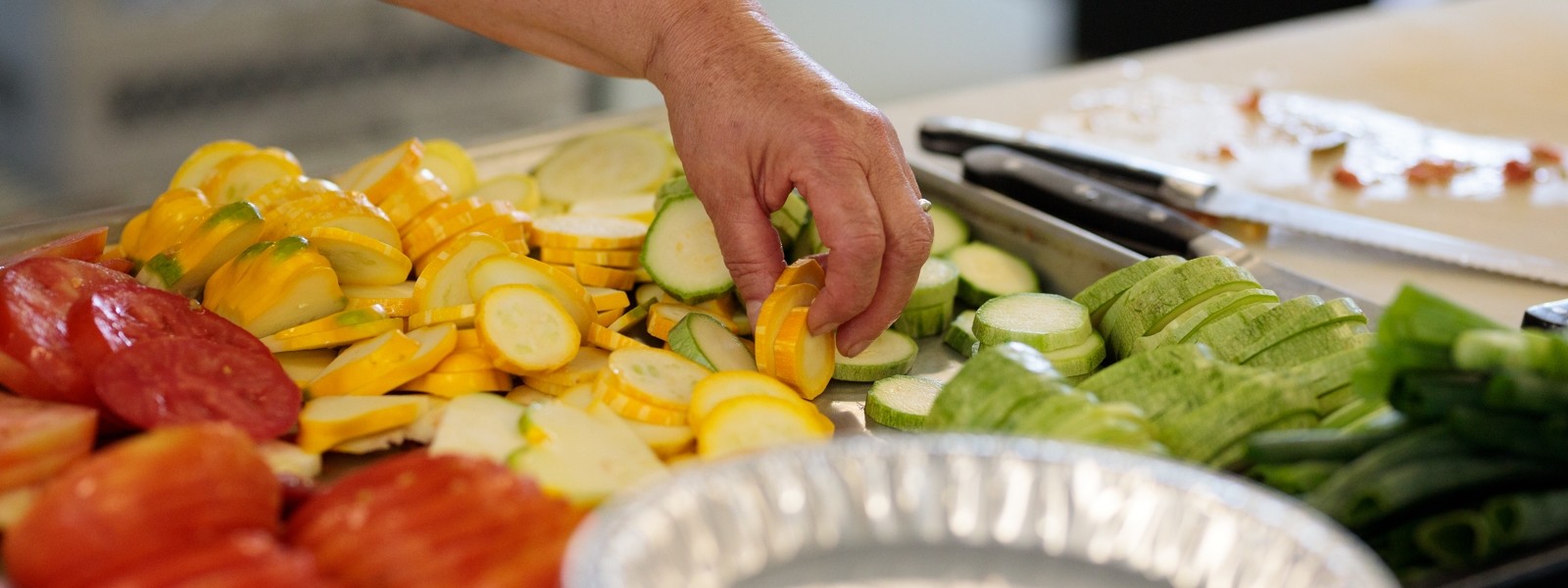Winter Squash: Storage Tips
Squash are easy to grow in Vermont too, if you have the space for them. And if you don’t, not to worry because undoubtedly someone you know grew too much.
When buying squash for storage, it is important to find the unblemished fruit. Any little ding will only get worse in storage, and will affect the quality of other squash as well. Most varieties store well in the pantry through much of winter.
Curing
When properly cured, most varieties of winter squash will last through the winter. Proper curing means the water content was just right at harvest and they were set in a sunny and dry place for 7 to 10 days just after harvest. If you are buying them locally you can find out if they were cured well for storage. Or you can chance it and check them often for bruising.
Storage Conditions
Squash store best at an even 50°F in a dark place. This could be a cool and dark shelf, cabinet, or drawer in the kitchen, pantry, or closet. They also store well in a warmer section of the root cellar such as on the top shelf.
How to Pack Them
Squash are better off not touching each other or any hard surfaces. Wrapping them individually in cloth or paper is helpful but also makes checking on them more difficult. Butternut and acorn varieties seem to store the longest.
While in Storage
Check and cull them often to make sure the squash are not developing soft spots. Turning them can keep them from bruising. Remove damaged fruit and use them up soon.
How Long They Last
Under ideal conditions and depending on the variety, winter squash will store for 2–4 months. Compost them when they develop soft spots on the skin or a soft stem.
Other Tips
Try to keep the storage temperature even, fluctuating temperatures will encourage rotting. Squash that have thinner skin and so do not store as well include: delicata, a small and tall yellow squash with dark green stripes that is quite sweet (use by January); spaghetti squash, a large yellow variety with a stringy center and a summery flavor; and pie pumpkins, the small orange pumpkins that kids love, their sweet meat is excellent for pies.
A Note on Storing Food
Storing food in small amounts is easy, but in larger quantities it can be tricky in our increasingly energy efficient homes. Small amounts of things that like it moist like greens, roots, and tubers can be stored in the refrigerator, and things that like it drier like onions, garlic, and winter squash can be stored on the counter top.
When trying to determine the right place in your home to store a box or boxes of produce, a good place to start is by monitoring temperatures in your home. Get a bunch of thermometers and place them in closets, hallways, and the places that are generally dark and have mostly even temperatures. Chart those temperatures through a winter before you get too serious about storing food.
Learn about storing greens, potatoes, carrots, beets, parsnips, and similar roots, onions and garlic, and winter squash.

